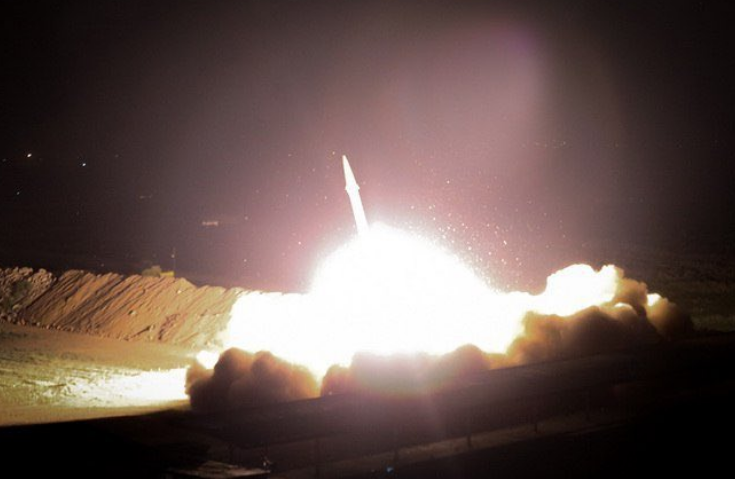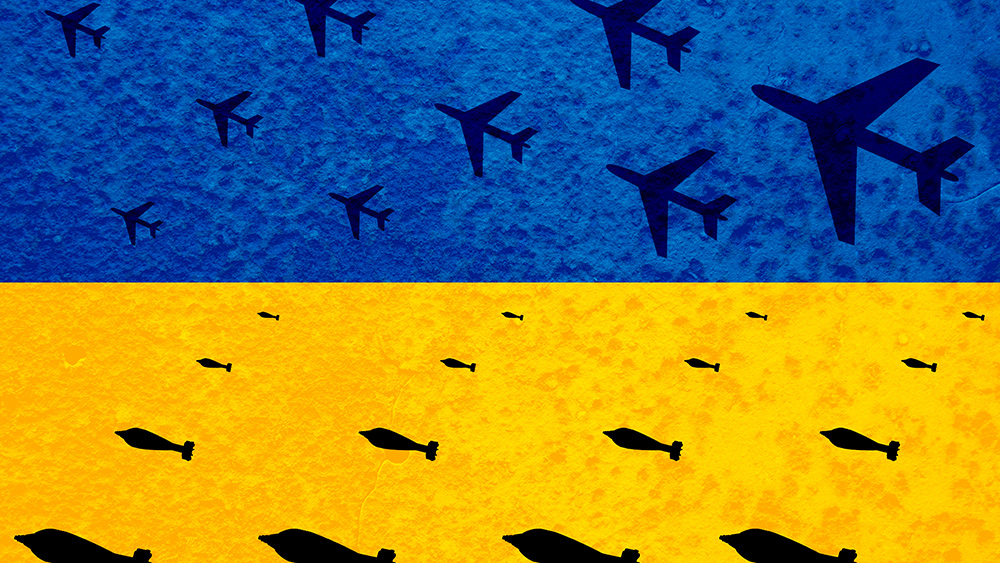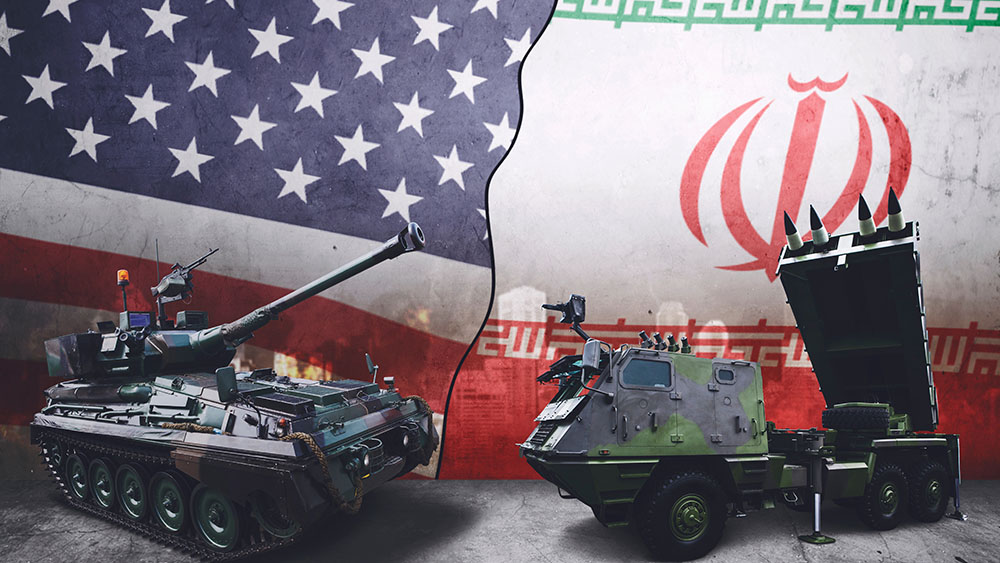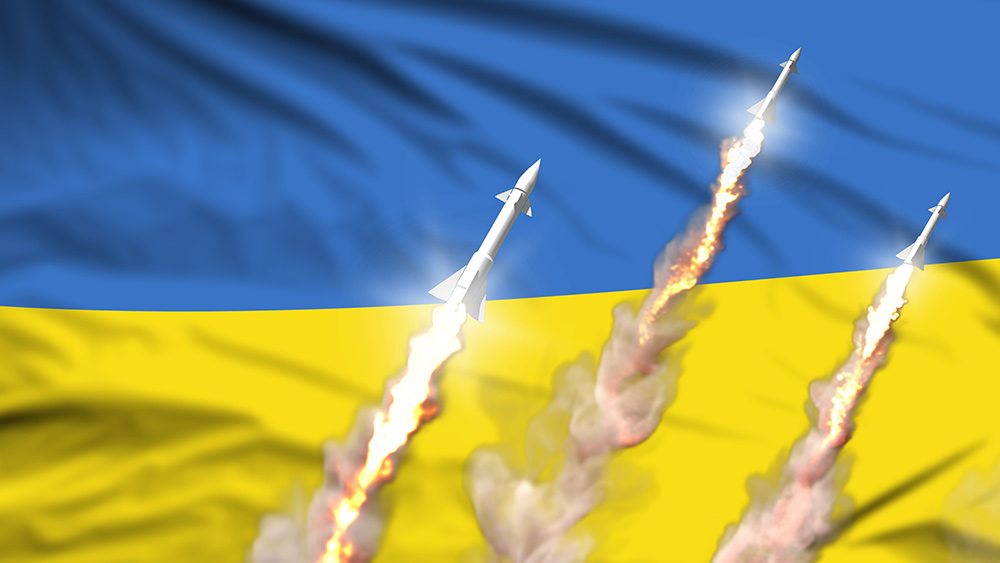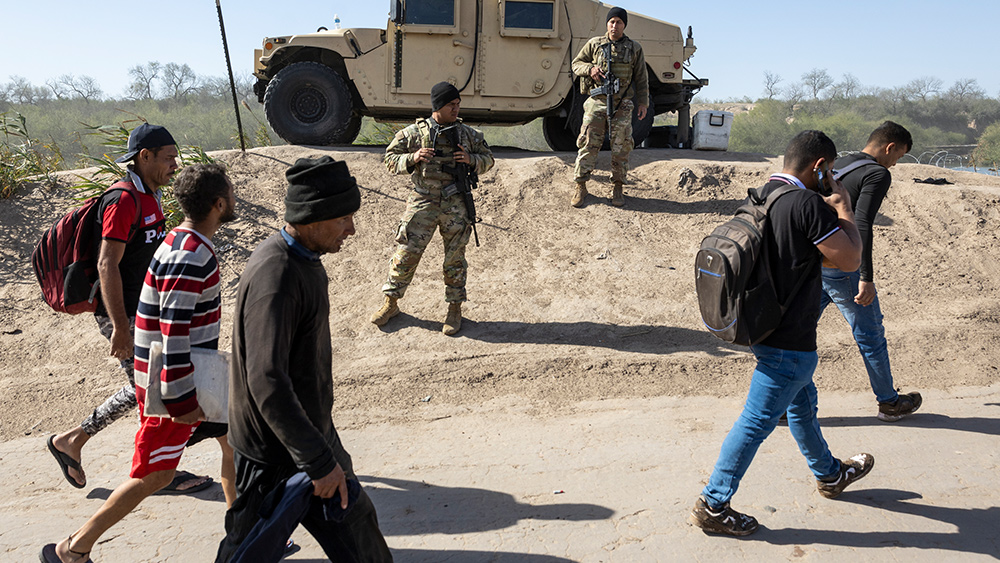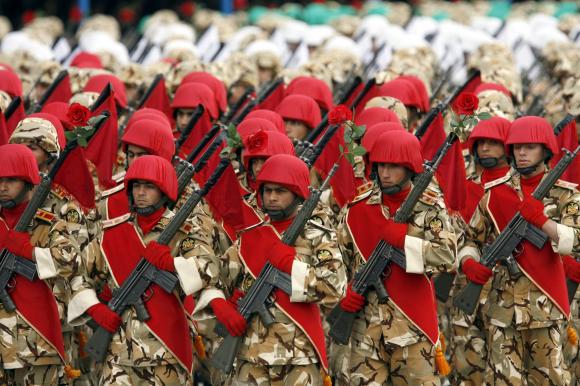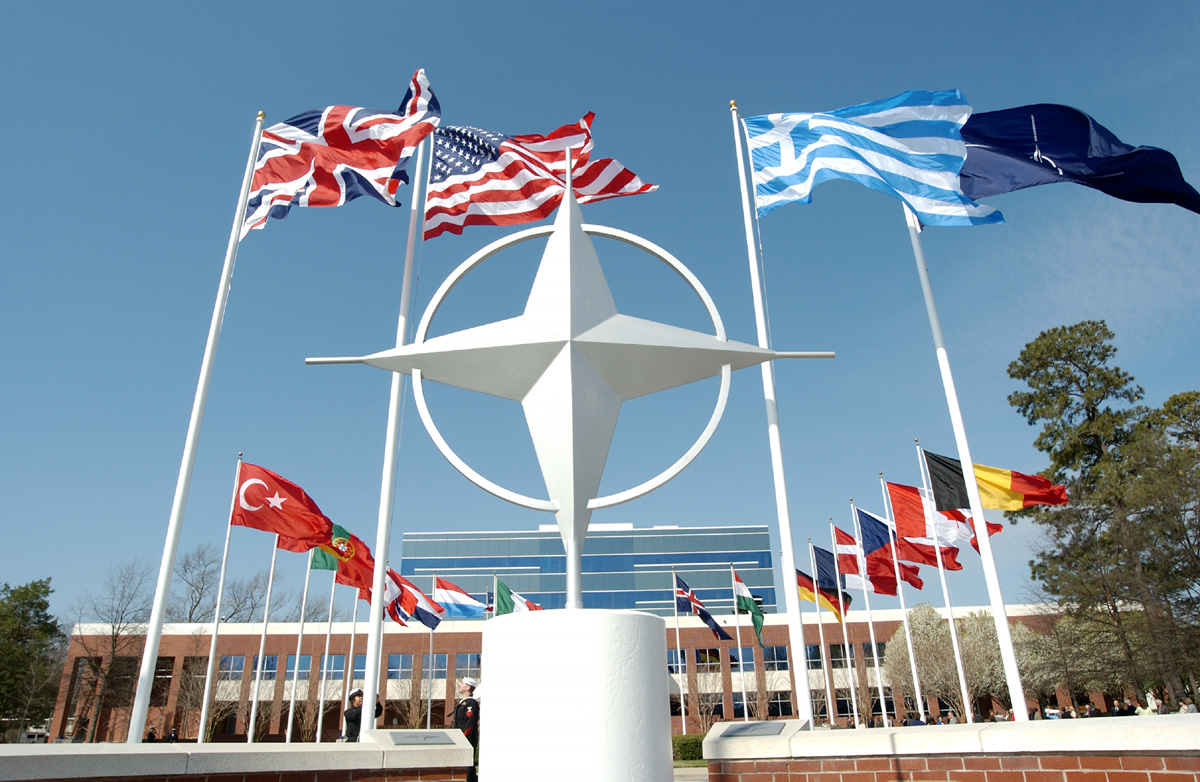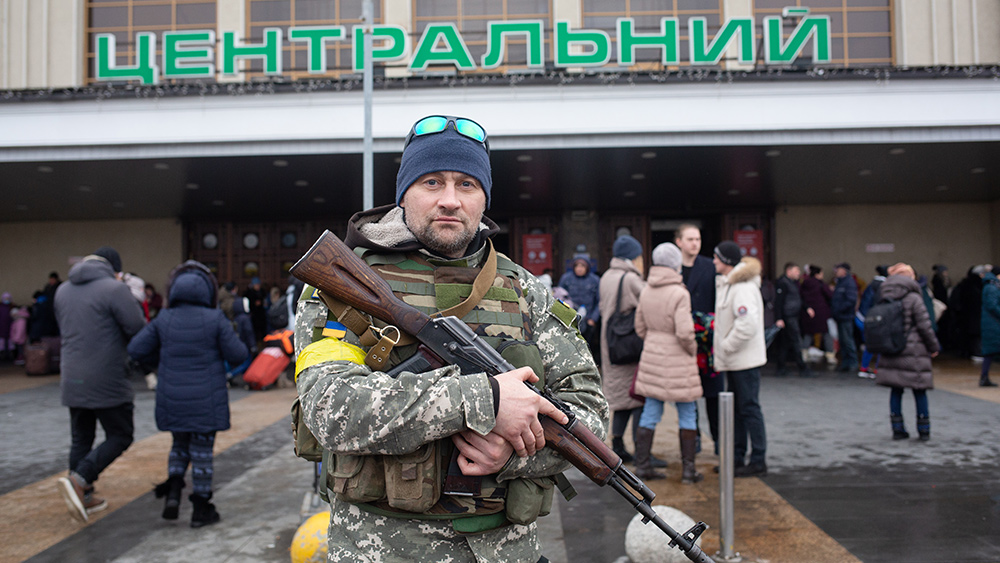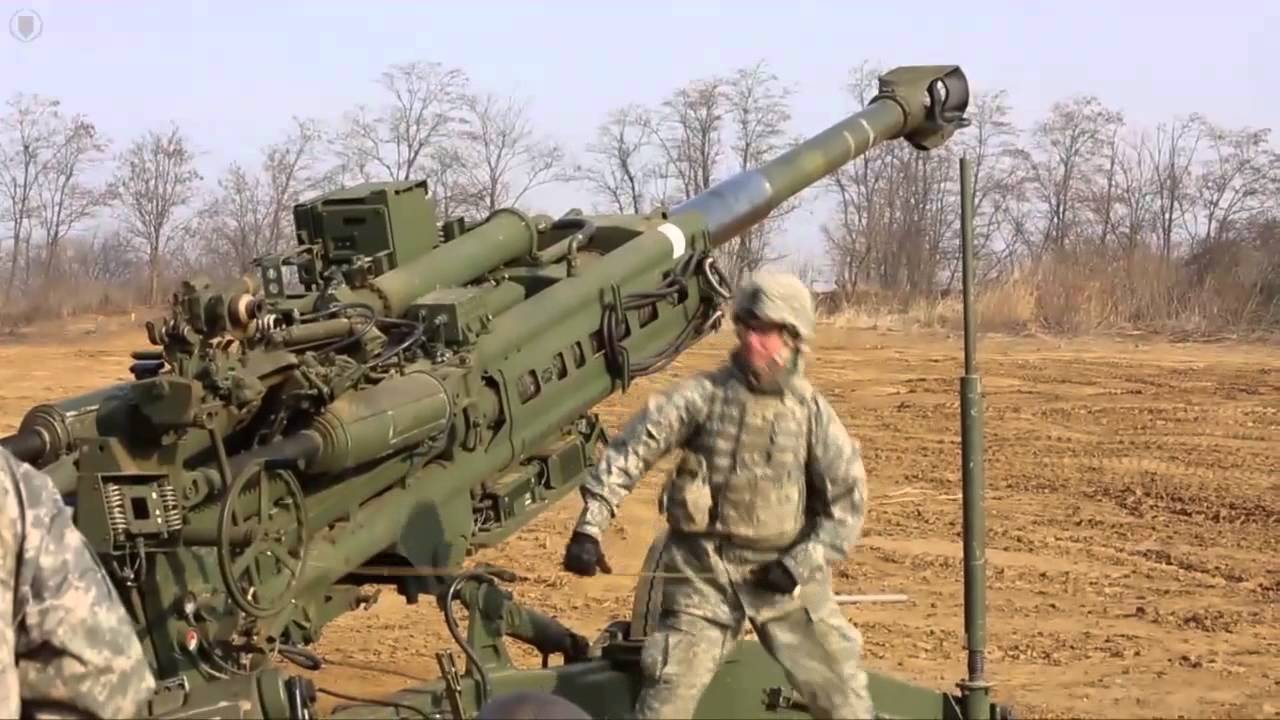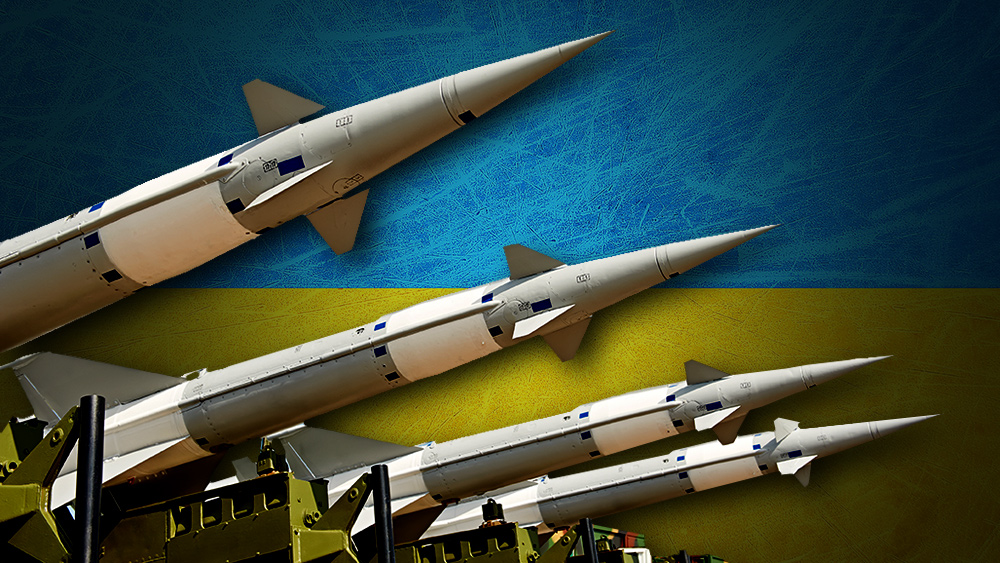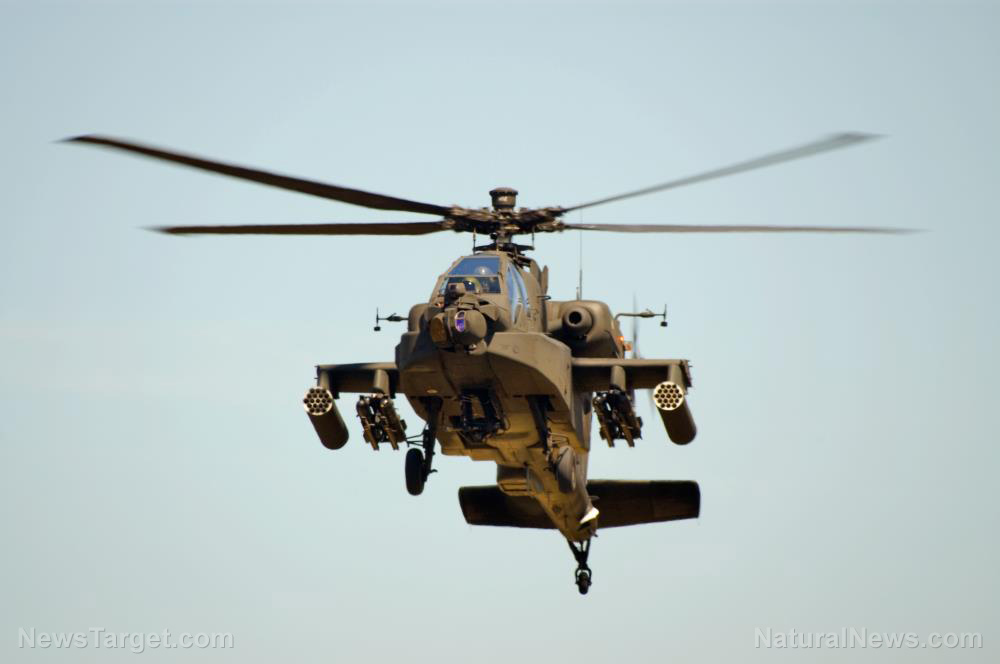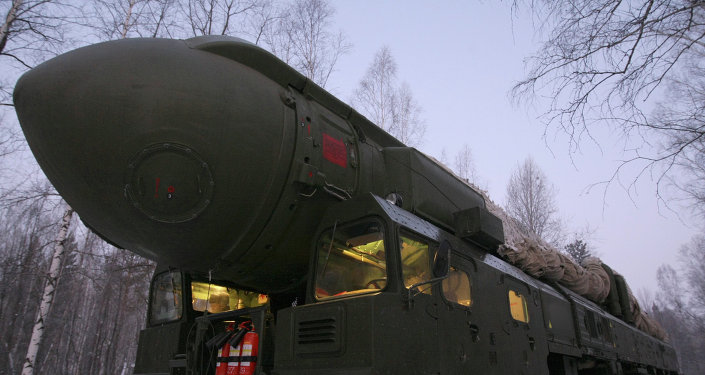Lithuania establishes 27 new military training centers to prepare citizens for WAR
04/22/2024 / By Richard Brown
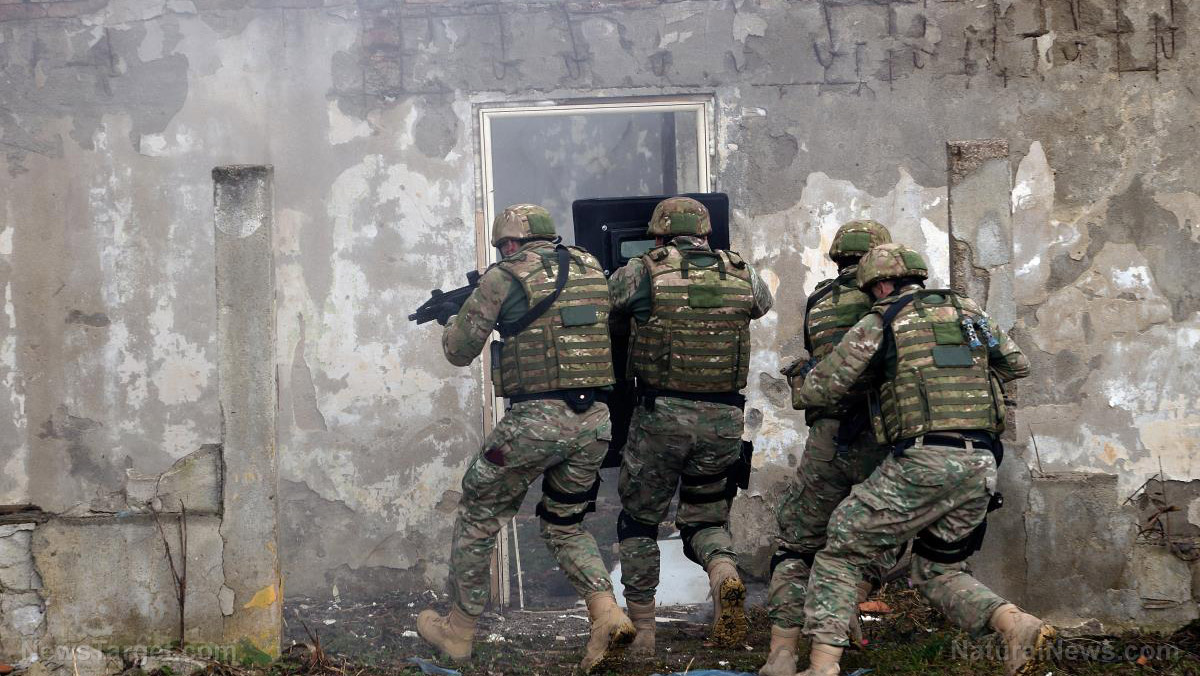
Lithuania is embarking on the establishment of 27 new permanent military training centers across the nation in a program aimed at preparing citizens for rear-area service during wartime.
Minister of National Defense Laurynas Kasciunas announced the creation of the new military training centers on April 12. These centers are slated to be fully operational by next year and will be strategically located in major cities throughout the nation. Kasciunas emphasized that these centers serve the dual purpose of preparing the populace for conflict and sending a clear deterrent message to potential adversaries, namely Russia.
Lithuania’s Ministry of National Defense (KAM) envisions these command posts as vital links between the citizenry and the Lithuanian Armed Forces, enabling civilians to actively contribute to national defense in times of crisis.
Kasciunas highlighted the importance of public awareness, stating that citizens will be informed of designated locations to report for duty to territorial defense units if they have to defend their country and homes. (Related: Germany to permanently deploy 4,800 troops in Lithuania – the first German foreign troop deployment since World War II.)
Regarding the function of these territorial defense units, Kasciunas outlined their role in combating various threats, safeguarding critical infrastructure and executing essential missions. The bill presented to the Seimas – Lithuania’s unicameral parliament – proposes the inclusion of existing reserve troops, riflemen and firearm owners, including hunters, within the command centers’ operational structure.
Kasciunas projected the recruitment of approximately 10,600 civilian reservists, 2,000 riflemen and 800 members of the National Defense Volunteer Forces into these units. He encouraged broad public participation, assuring that there would be a place for everyone within the ranks.
German soldiers arrive in Lithuania
In a related development, Germany recently dispatched its inaugural military unit to Lithuania as part of a broader initiative to station a complete armored brigade permanently within the Baltic state.
The deployment, positioning a 5,000-strong brigade less than 20 kilometers (12 miles) from Lithuania’s border with Belarus, a key ally of Russia, underscores regional security concerns. Lithuania shares a border both with Belarus and the Russian exclave of Kaliningrad, adding strategic significance to the North Atlantic Treaty Organization’s (NATO) presence in the country.
Approximately two dozen soldiers arrived in Lithuania, laying the groundwork for an additional 150 troops expected to join them later this year. The deployment is slated to reach its full capacity of 5,000 personnel by the end of 2027.
German Minister of Defense Boris Pistorius hailed the occasion as groundbreaking, emphasizing its significance during a farewell ceremony in Berlin for the preliminary command of Germany’s Lithuanian brigade. He underscored the deployment as “an important day for the German army,” marking the first time since World War II that German forces will be stationed outside the country on a long-term basis.
Meanwhile in the Lithuanian capital Vilnius, Kasciunas lauded the move as a model for NATO’s eastern flank countries bordering Russia and Belarus. He emphasized the establishment of a robust defense and deterrence framework to dissuade any aggression against NATO member states, invoking Article Five of the NATO treaty, which guarantees collective defense.
Under the agreement allowing German troops into Lithuania, the country is facilitating the establishment of military bases to accommodate the German brigade, strategically positioned near the border with Kaliningrad and with Belarus. With increasing concerns over aggressive neighbors, Lithuania views the presence of German forces as a crucial enhancement to its security.
The deployment represents a departure from previous German military operations abroad, which involved rotational deployments as part of multinational forces.
Kasciunas projected that the German brigade would attain full operational readiness by 2027, significantly bolstering deterrence capabilities and ensuring greater security for Lithuania.
Lithuanian Chief of Defense Gen. Valdemaras Rupsys emphasized the significance of the deployment, portraying it as a testament to NATO’s collective defense and unity in action. Moreover, up to one-third of troops are expected to relocate with their families, according to the KAM.
Pistorius reiterated Germany’s commitment to fully equip the brigade, affirming their dedication to ensuring its effectiveness from the outset. As the deployment progresses, it signifies a landmark step in strengthening regional security and fortifying NATO’s eastern flank against potential threats.
Watch this report claiming that Putin may be planning a war against NATO – and his first target is Lithuania.
This video is from the Grafted In The Vine channel on Brighteon.com.
More related stories:
3 NATO member countries to build BUNKERS along their border with Russia.
Estonia claims Russia is preparing for MILITARY CONFLICT with the West.
Swedish government calls for population to be READY FOR WAR with Russia.
Sources include:
Submit a correction >>
Tagged Under:
big government, defense, Germany, Laurynas Kasciunas, Lithuania, military, national defense, national security, NATO, North Atlantic Treaty Organization, Russia, Russia-Ukraine war, territorial defense, Ukraine, WWIII
This article may contain statements that reflect the opinion of the author
RECENT NEWS & ARTICLES
COPYRIGHT © 2018 SELFDEFENSE.NEWS
All content posted on this site is protected under Free Speech. SelfDefense.news is not responsible for content written by contributing authors. The information on this site is provided for educational and entertainment purposes only. It is not intended as a substitute for professional advice of any kind. SelfDefense.news assumes no responsibility for the use or misuse of this material. All trademarks, registered trademarks and service marks mentioned on this site are the property of their respective owners.


